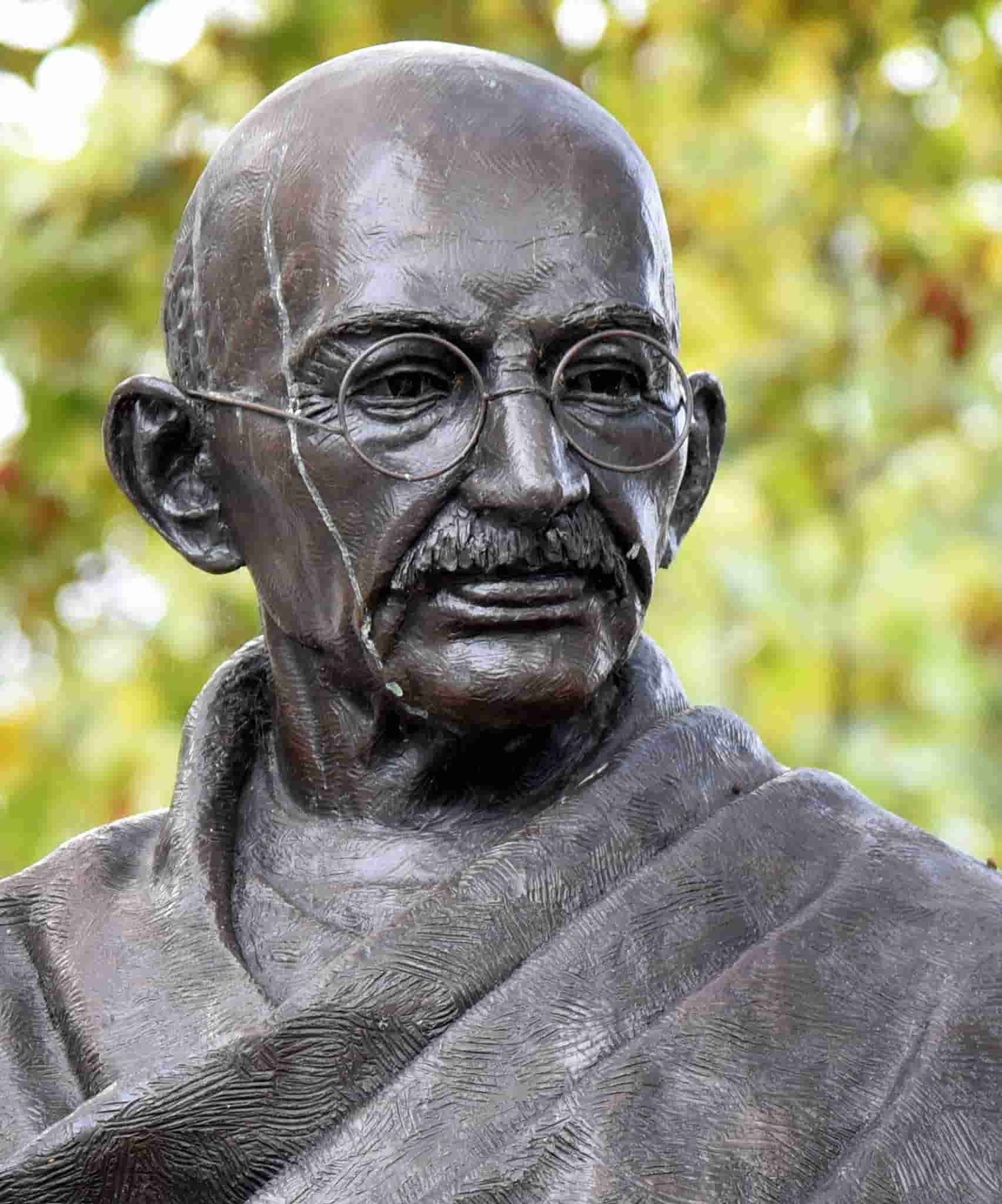
TLDR:
- Mahatma Gandhi spent decades working toward Indian independence from Great Britain before giving a speech that came to be known as the “Quit India” speech to the Indian parliament in 1942.
- Gandhi used effective techniques like a focus on his divine calling and a request for people to put themselves in his shoes to get his audience on his side.
So What? It was only a few short years between Gandhi’s speech, which led the arrest and imprisonment of India’s political leaders, and India’s independence; the “Quit India” speech was an important catalyst for dissent that led to freedom for India.
Given on Aug. 8, 1942, the “Quit India” speech–delivered by Mahatma Gandhi–pushed the cause for Indian independence from British colonial rule. The speech called for determined but passive resistance, or civil disobedience, based on the principles of satyagraha (“truthful request”).
Gandhi’s central message was that the British should leave India. Within 24 hours, Gandhi and almost the entire Indian National Congress leadership were imprisoned by the British colonial government under the grounds of the Defense of India Act.
While India did not achieve full independence until a few months before Gandhi’s death in 1947, this speech had much to do with more people siding with him, joining his cause, and raising him to “national hero” status.
The speech has stood the test of time because it appealed to people’s humanity and to a better way of both governing and bringing about change–that of nonviolent resistance–that was emulated by other subjugated nations and peoples, including during the civil rights movement in the United States in the 1960s.
Listen and Understand
One aspect of Gandhi’s speech that gave it such power at the time is the way it asked people to listen and to put themselves in the shoes of Gandhi and his fellow Indian people. At the time of the speech, Gandhi had been working for Indian independence for over 20 years, so his position was familiar to most people.
The difference this speech made in the conversation was that Gandhi asked people to do their best to understand where he was coming from and why he and his peers wanted India to be free from British rule.
“I want you to understand two things very clearly and to consider them from the same point of view from which I am placing them before you,” he said at the beginning of the speech.
He added, “I ask you to consider it from my point of view because if you approve of it, you will be enjoined to carry out all I say.”
It turns out that when the British people did consider the Indian point of view and looked at Indians as people just like them, they found they supported the idea of independence. Once that happened, it was only a matter of time before India was able to achieve independence.

Separate People from Problems
Most political speeches of the time focused on the mechanisms of government and on the practicalities of running governments. Gandhi’s speech was different in that he separated the British people from British imperialism, which helped to remove the political and social sense of division that had existed until that time.
He said, “Our quarrel is not with the British people, we fight their imperialism. The proposal to withdraw British power did not come out of anger. It came to enable India to play its due part at the present critical juncture.”
He didn’t make the British people the problem. Instead, he clearly labeled the institution of British Imperialism as the problem. In this way, the British people did not feel threatened or attacked by India; instead, they began to feel solidarity with them. He said, “Speaking for myself, I can say that I have never felt any hatred. I feel myself to be a greater friend of the British now than ever before.”
Gandhi knew that hating people would not be conducive to a peaceful independence for India. Still, when he reached out to them in peace, many responded (over a few years) and helped to bring about the independence India wanted and needed.
Answering a Divine Calling
Gandhi made it clear throughout the “Quit India” speech that he was answering what he saw as a divine calling, both in working toward India’s political independence and in how he chose to do so.
He spoke repeatedly of “Ahimsa,” which is the Hindu principle of showing compassion to others and not doing anything to harm them. It is from Ahimsa that Gandhi got his firm belief in nonviolence. This spiritual principle embodies the entire speech and everything Gandhi set out to do.
“I want you to know and feel that there is nothing but purest Ahimsa in all that I am saying and doing today,” he said. “The draft resolution of the Working Committee is based on Ahimsa, the contemplated struggle similarly has its roots in Ahimsa. Therefore, if any among you has lost faith in Ahimsa or is wearied of it, let him not vote for this resolution.”
He said that he looked at Ahimsa as a gift from God and felt a responsibility to remain faithful to it. And for Gandhi’s part, he did remain nonviolent and encouraged others to do so, even as he put forward a sort of ultimatum that he and his allies would either make India free or die trying.
Unfortunately, not everyone who took action to gain India’s independence followed his rules of nonviolence. Gandhi admitted as much when he said that his people’s Ahimsa was “imperfect,” but it was still the spiritual ideal that the movement strove to achieve.
The “Quit India” speech was a crucial catalyst for India’s eventual independence, primarily because of Gandhi’s request that people listen and understand his viewpoints, his ability to separate people from their behaviors, and the sense that he was answering a divine calling in leading India to its independence.
If you need help with your communications, Media Shower has the experience and expertise to make your messages memorable. You can try our award-winning platform for free.
